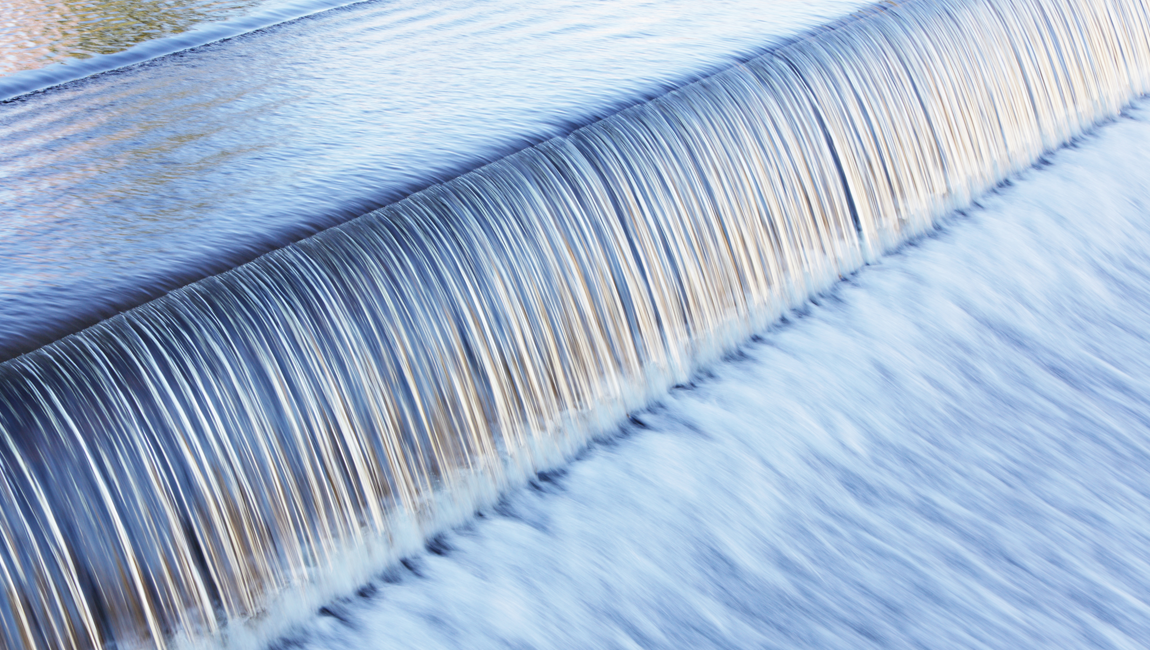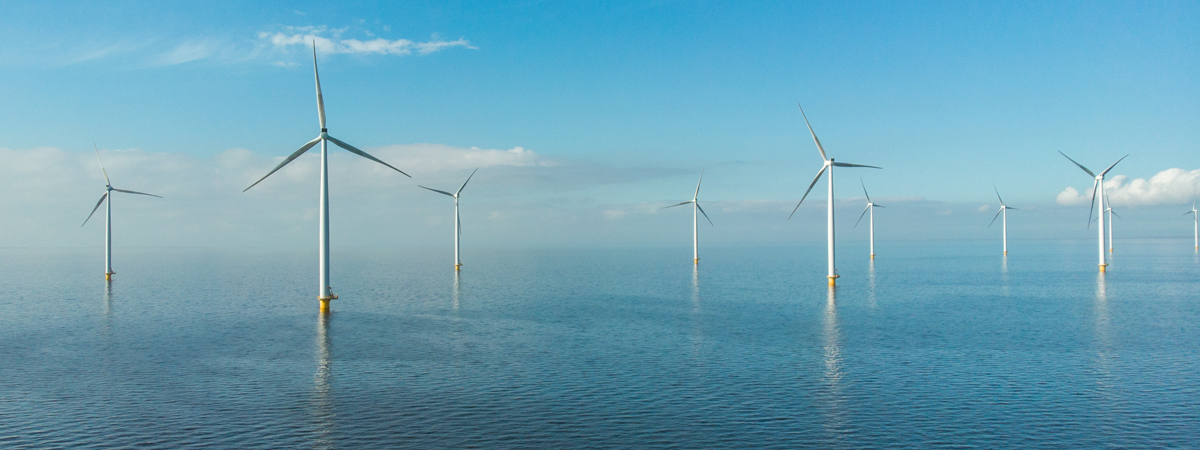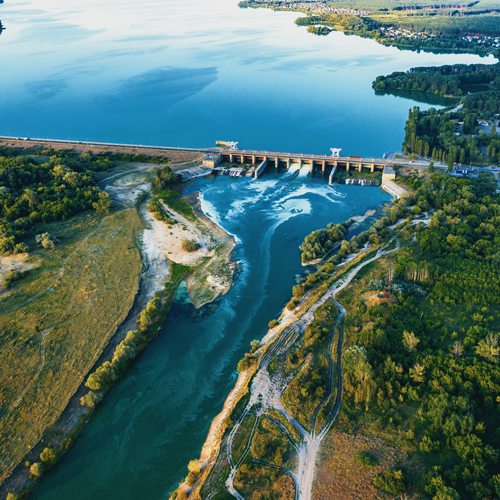Hydropower: how does it work? Is it renewable energy?

Hydroelectric power, sometimes referred to as hydropower or just “hydro,” is a common yet contested form of renewable energy. Hydroelectric power uses the energy generated by water movement to produce electricity and to power machinery. Water’s evaporation, cloud formation, precipitation, and subsequent flow back into the ocean are naturally recurrent processes. Because these cycles are self-sustaining, non-polluting, and replenished on a human timescale, hydroelectric power is renewable.
Water dams, across cultures and centuries, have been a time-tested source of renewable energy. But while hydroelectric power is renewable, whether or not it can be considered sustainable or “green” is not always clear-cut. Determining whether hydropower is green energy depends on a number of factors, including the composition of the bodies of water involved, their surrounding communities and ecosystems, and the specific technologies used to harness water’s power.
How hydropower works
While there are a number of different systems used to harness hydroelectric power, they are all driven by the flow of water as it moves downstream. “Impoundment” or “reservoir,” “diversion” or “run-of-the-river”, and “pumped storage” are the three main types of hydropower systems. Their sizes and impacts may vary considerably. Some systems may be designed for a single home or a small, dense population pocket, while others are large-scale power plants that generate electricity for utilities. Some involve potentially harmful dams and others do not.
Impoundment or reservoir systems are the most prevalent form of hydroelectric power plants and generally consist in a large hydropower system—understood to be a system with 30 megawatt capacity—with a dam involved. The dam is used to store river water in a reservoir. When water is released from the reservoir, it moves through a turbine, activating a generator and creating electricity.
The lowest-impact, greenest type of hydroelectric power plant is the diversion or “run-of-the-river” system, which channels a given section of a river through a canal. Often this setup does not require any damming, and generally the river’s natural course is not significantly altered or obstructed, thereby minimizing material impact. A drawback to diversion systems, however, is that they are subject to seasonal whims of water flow, so they can only serve as intermittent energy sources.
Functioning like a battery, pumped storage hydroelectric power plants convert excess electrical energy from other sources (wind and solar, for example) into stored energy. To carry out this process, water is pumped from a lower-elevation reservoir or pond to a higher-elevation storage pond or reservoir. The stored water is then tapped for later use. This system is most often implemented by electrical power stations as a “load balancing” technique—a way of storing surplus electricity during periods of low demand to be drawn from as demand increases. During high-demand periods, water is released back into the lower-elevation reservoir, setting a turbine in motion and creating electricity.

Hydroelectric power controversies and considerations
Although hydroelectric power is renewable energy, certain technologies and systems—namely, large-scale dams—can carry environmental and social effects that render it unsustainable or unclean when looked at holistically. (It’s worth noting here that many dams were constructed for other reasons, but became used for hydropower over time). Damage to the local flora and fauna, both within a body of water and surrounding it, is a chief concern. Increased earthquake risk, displacement of area populations, and greenhouse gas emissions must also be taken into consideration. The effects of climate change also make it challenging to predict river movements, carrying ramifications for future energy supply.





